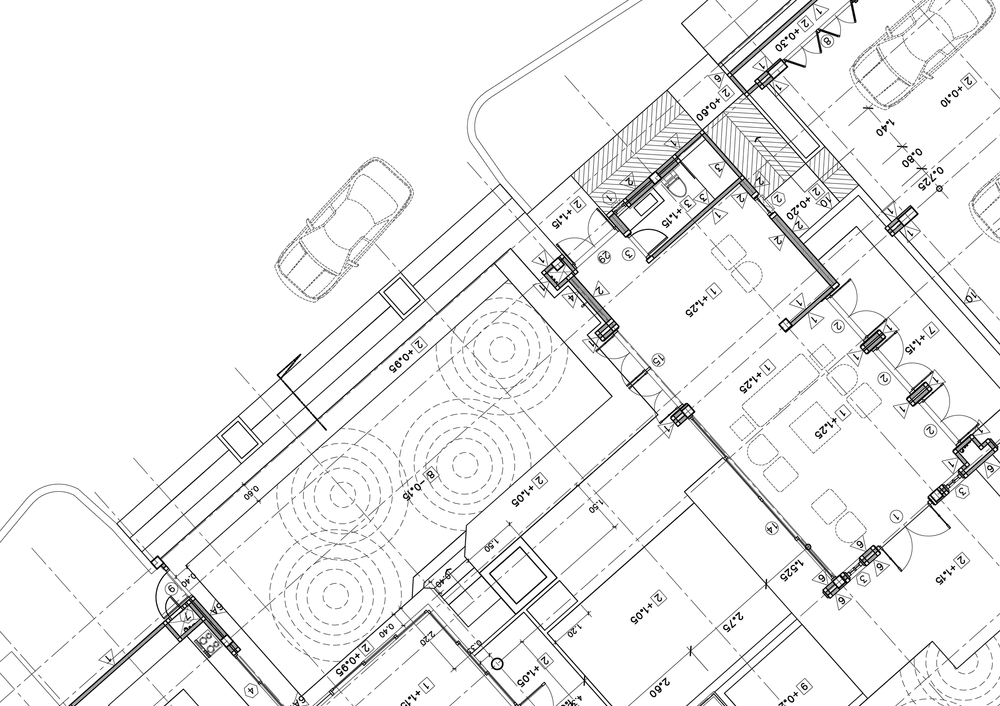You may have heard the terms common property, part lot, strata boundaries, exclusive use. What do they all mean and how do you check those for your scheme? A registered strata plan will show you what makes up your lot and what makes up common property.
In the Strata Titles Act 1985 common property is defined as “so much of the land comprised in a strata plan as from time to time is not comprised in a lot shown on the plan.”
Landgate defines a strata plan as that which defines the lots in a strata scheme (areas owned individually) and common property (areas owned jointly by all lot owners in the strata scheme). The Strata Titles Act 1985 explains what the boundary terminology means.
You may one day need to find out what is your responsibility to repair and what is the Strata Company’s responsibility to repair.
Depending on your scheme’s strata plan, ownership of your lot may be:
- limited to the internal surface ie up to and including the paint, the rest is common property

- You may own up to 5 metres below the ground floor of your apartment if it is on the ground floor and 15 metres above the upper surface of the ground floor.

- You may own up to the external surface of your building.
![]()
- Your vertical boundary may be the “centre plane of the wall”.
![]()
When reading a strata plan the walls are either indicated by parallel lines or thicker lines. Walls that are not shown on the strata plan are part of the lot.
A strata plan will also tell you the unit entitlement, any notifications and encumbrances (ie access given). It may tell you the lot size but not necessarily the dimensions and measurement. You will also find the date of registration on the plan. This is not to be confused with the practical completion date of the building.
If you need to know what part of your property you own and which part is common property the best thing to do is to seek further advice from one of our strata managers.

